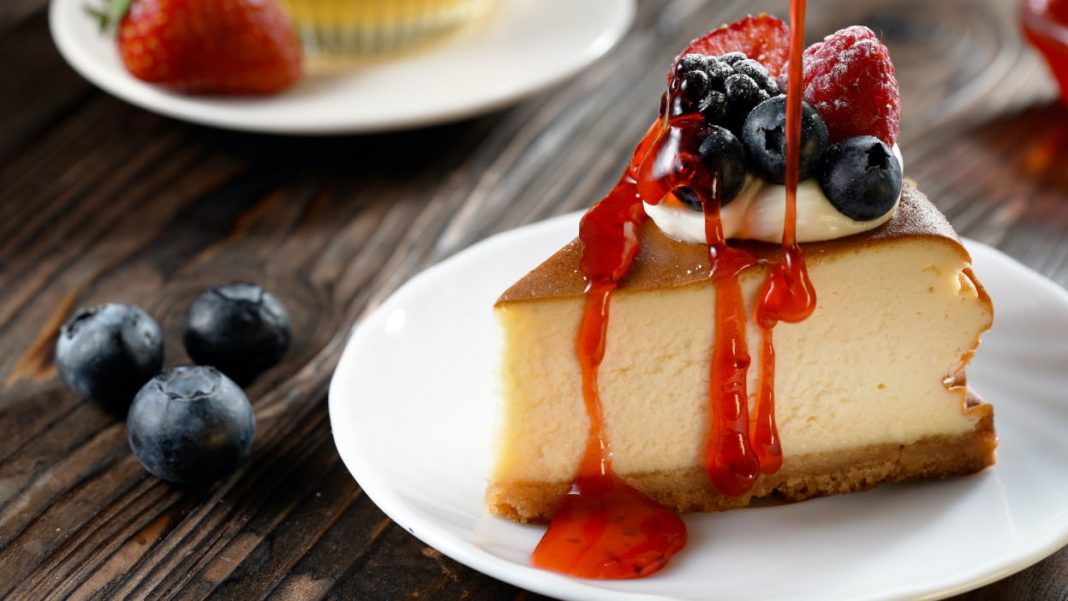It’s natural to expect that when you’re out spending your hard-earned money on a nice meal you’ll at least get an experience free of manipulation. And usually, you do—most restaurants just want you to have a great experience, and the vast majority of servers and staff are dedicated and hard-working, and definitely earn their tips. But some restaurants—and some servers—aren’t above pulling a dirty trick or two. Sometimes these are obvious, like when your waiter swears up and down that the fish special on Monday is totally not leftover halibut from Friday. But sometimes they’re a bit more subtle.
Bill swapping
Also known as “double dropping,” this one doesn’t hurt you—it hurts the restaurant. Basically, your server doesn’t enter your order into the system; they just send it to the kitchen. Then they hand you someone else’s bill—that’s already been paid—at the end of the meal. If you’re not paying attention, you pay it and the server keeps the whole bill plus tip. As long as the amounts match up, you might not have anything to complain about as the customer—but it’s still kind of shady, and relies on you not noticing what’s happening.
Giving you decaf instead of regular coffee (or vice versa)
It’s not uncommon for restaurants to swap out your coffee order—decaf for regular, or vice versa—for several reasons. If it’s late and your server doesn’t want to brew a whole new pot of coffee for you, they might just pour the dregs of the decaf and forget to tell you. Or the reverse: They haven’t made any decaf, and don’t feel like making some for exactly one cup, so they just serve you regular coffee, assume you can’t tell the difference, and figure your sleepless night is your problem.
Store-bought desserts
The dessert looks and tastes delicious, and your server was happy to inform you that it’s homemade or made in-house. But it might not be—restaurants have been known to buy store-bought stuff or frozen desserts and pass them off as their own, sometimes with a few superficial adjustments, sometimes not. On the one hand, if you enjoy it, what’s the harm? On the other hand, you’re paying a premium for something because you think it’s specially made by an expert and passionate chef.
Menu engineering
Sometimes menus are charmingly hand-made affairs. Sometimes they’re slick and professionally designed, which means they probably use a whole raft of psychological tricks to get you to pay more, order more, and generally behave in the most profitable manner possible. In other words, menu engineering is a thing—and while it’s not exactly a lie, it’s definitely a bit tricky, especially if you wind up ordering the most profitable dish on the menu because you were guided there by dark patterns.
Smaller plates
Shrinkflation is real, and it happens in restaurants, too. Shrinking down portion sizes to cut costs is a fairly common practice, but restaurants know that regulars might notice if their meals suddenly become smaller, and even casual diners might blink if their plates show a lot of white space when their meal arrives. So they play a subtle trick: They use slightly smaller plates. You probably will never notice whether your plates are 11 inches or 12 inches, but the smaller plate will make a smaller portion look larger.
Tipping ranges
This is simple psychological manipulation: When you’re presented with the bill (especially on a digital point-of-sale device), the tip is pre-calculated for you and displayed prominently, typically showing a short range like 18%, 20%, and 22%. This is designed to push you into tipping more than you might have otherwise, and to gently urge you to tip in the first place. It’s harder to click through a tip screen than to just sign your name on a slip of paper and walk away before anyone notices—and having the server standing there smiling at you as you perform your calculations is just extra psychological pressure.
Servers claiming they’re rookies
If your dining experience is sub-optimal and your harried server apologizes and tells you that it’s their first week and the place is short-staffed so no one is training them, you might soften a bit and not get so angry. Servers know this, so it’s not unheard of for them to perpetually claim to be brand new, even if they’ve worked there for years, hoping that you’ll overlook problems and tip them decently even if everything arrived cold.
Extra gratuities
Unscrupulous servers have a few tricks to supersize their tips. When large parties come in—especially office or corporate crowds likely paying using company credit cards or expense accounts—the restaurant might apply an “autograt” or automatic gratuity to the party. That means that any extra tip is at the diners’ discretion—the server’s already been tipped. But if the table orders a lot of wine, and there are a lot of people and chaos, the server might ask for—or simply apply—an additional gratuity, figuring it won’t be noticed. If it’s the company’s money, you might not care even if you do notice.
Another trick is to cover up the automatic tip on the bill with a flowery “Thanks!” or other note—without the word “TIP” you might assume that extra number is tax or some other normal charge, and then tip on top of the autograt. It always pays to scrutinize your bill before you slap down that card.
